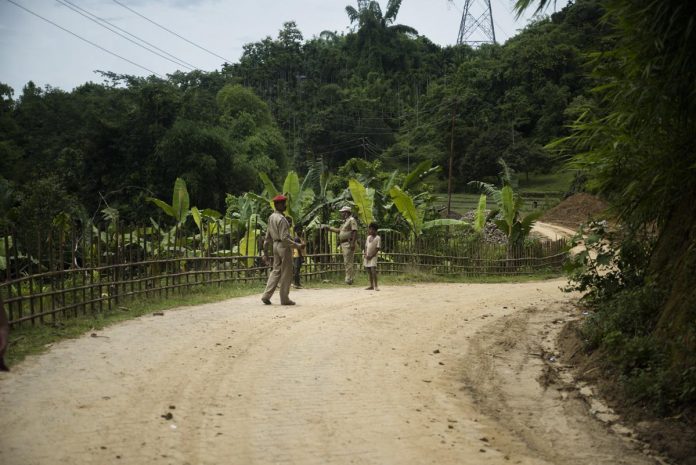
The no man’s land—the disputed region between Assam and Mizoram saw violent clashes between the forces of the two states leading to the death of 6 Assam policemen on July 26, 2021. This TCN Ground Report from a border village in Assam lays bare the intricacies of the lives of the border residents, and how contestation over land and politics impacts their notion of citizenship and nationalism.
Joyona Medhi and Abhishek Basu | TwoCircles.net
LAILAPUR, ASSAM — The seven sister states in the northeastern part of India are well acquainted with sporadic bouts of violence along their borders. The dispute along the “no man’s land” border between Assam and Mizoram, for example, dates back at least a century and a half. In the absence of an agreement on where the exact border lies—Mizoram claims 509 square miles of the inner-line reserve forest under the 1875 notification, which Assam rejects citing the border demarcation of 1933. The contentious space offers up a stage where the political aspirations of ruling parties and powerful groups play out. The most recent round of clashes that erupted toward the end of July 2021, is particularly significant because of the accompanying tropes of “maintaining peace and order in the region”. In the lead up to India’s 75th Independence Day, the ruling party’s project to establish politically-motivated ‘peace’ required a target: Mizoram, the only remaining non-BJP, Congress-backed state in the northeastern region.
Constructing an enemy within requires constant political, cultural, and economic work. Following the violent clashes in July, news reports quoted villagers in Mizoram as describing the situation as “a war between two countries.” The optics are indeed strange: two police forces of the same country, albeit different states, engaged in a violent shootout against each other. Only 48 hours before the first clashes, India’s Home Minister Amit Shah had met with the Northeast Democratic Alliance (NEDA) to discuss the possibility of a border settlement. Over the next few weeks, the series of police firings that began in, Hailakandi, spread to the Cachar district of Assam.
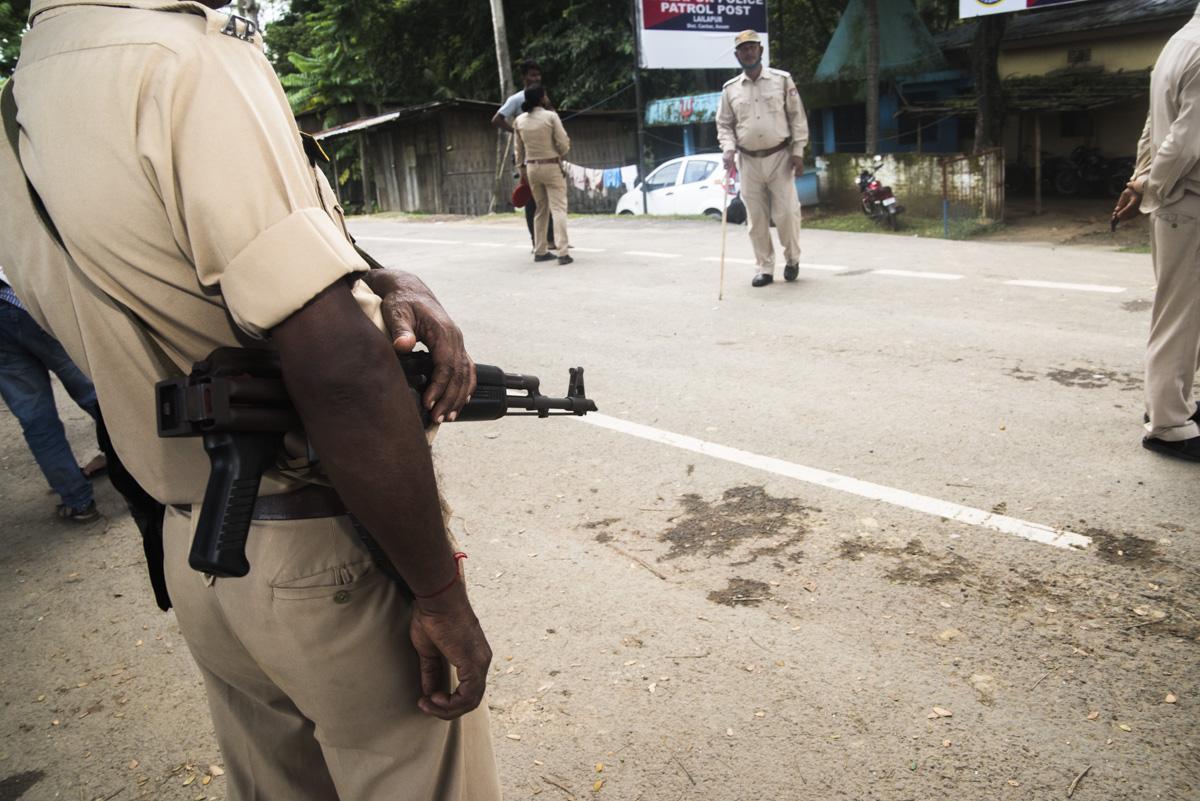
Clashes along this stretch of the Assam-Mizo border have occurred consistently since 2018.
In 2021, we visited the village of Lailapur, in the Cachar district, of Assam, where residents had pelted stones at policemen from Mizoram who had previously clashed with residents of Vairengte in Mizoram’s Kolasib district in 2020. What appears to be behind the violent clashes—alarming in breadth and scope—in the region is a seemingly complex game of ethnic identity politics along the 165km-long fluid border, as well as the central government’s agenda of putting an end to the Burmese supari or betel nut trade which locals on both sides are involved in. The Burmese betel nut trade is now illegal in Mizoram, but still, trade forms part of the vested economic and political interests making up the fragile peace along the Assam-Mizo border.
There are many tired tropes around Mizos as the big “other”. Whether borne out of jealousy or an acute sense of cultural and political difference, the stereotypes that circulate in Assam use “their” native language, “their” western convent education, or “their” land use permitting them to distinguish themselves from Mizos.
By “their”, the Assamese mean the Mizos, locals mean politicians, police mean locals, and locals mean their wives from the village across the border. “What can we do if the betel nut is cheaper on that side?” asks Imtiaz Akhmed a.k.a. Ronju, a local businessman who was born and grew up in Lailapur. “They [the Mizos and the Burmese] have been in this business for long enough to establish a monopoly. A kilo of betel nut sells for INR 128 there, while it’s INR 300 here.” There are numerous truckers like Imtiaz, people who ferry goods between the two states, often smuggling goods including betel nuts and black pepper that arrive in India from Myanmar, Thailand, Malaysia or Indonesia.
“I have big connections with ministers there who make life easier for me by way of permissions. I get supari here for the Assam State Police at times too! Currently, my truck loaded with tatka [tight] Burmese supari is waiting at the border because of the blockade. The Mizos themselves will help to unload it on this side though,” Ronju cackled. Towards the end of our conversation, he mentioned that he has a Mizo wife and that his son is the cutest mixture of the features of the two sister states. Such complex aspects of lived reality in towns along the border are missing from media narratives about the clashes between Assam and Mizoram.
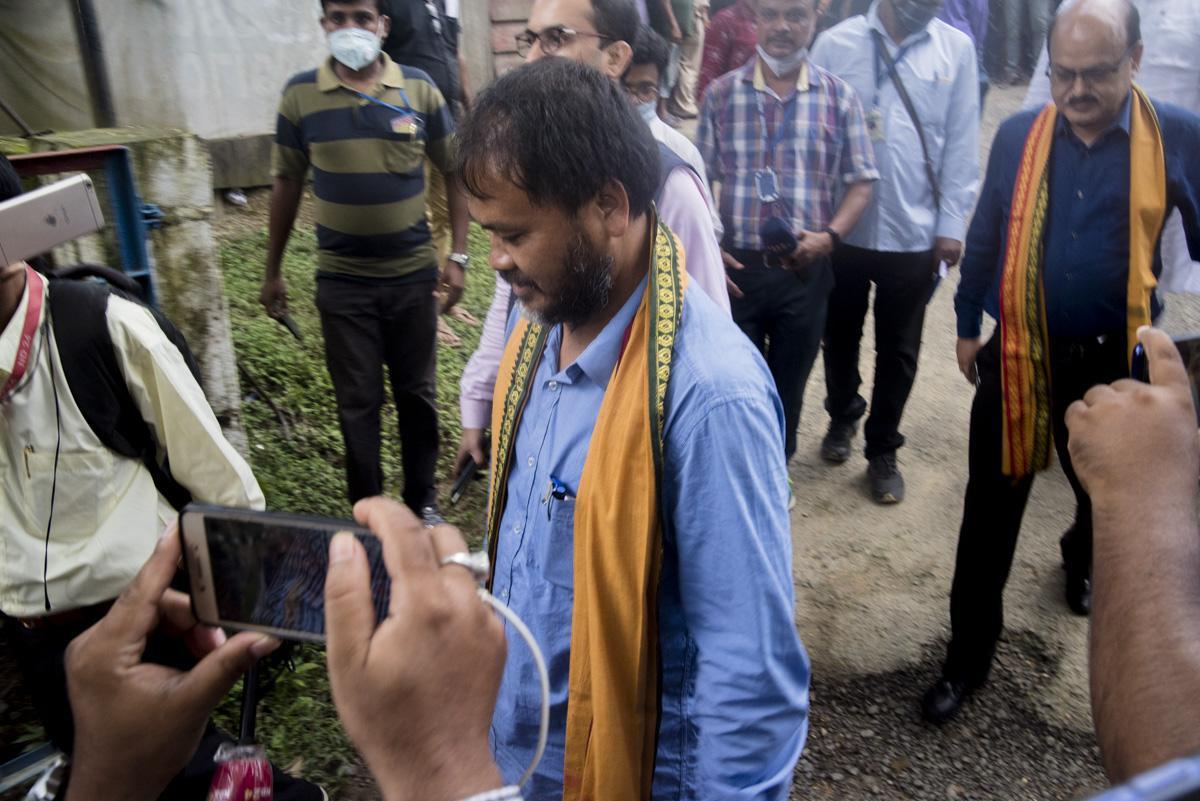
[caption: Sivasagar MLA Akhil Gogoi visited Lailapur along the Assam-Mizoram border and echoed solidarity towards people of Barak Valley and Assam in this critical phase of interstate conflict. He Said “we might have disagreements in the Assembly but I strongly oppose the move by Mizoram. | Photo by Abhishek Basu
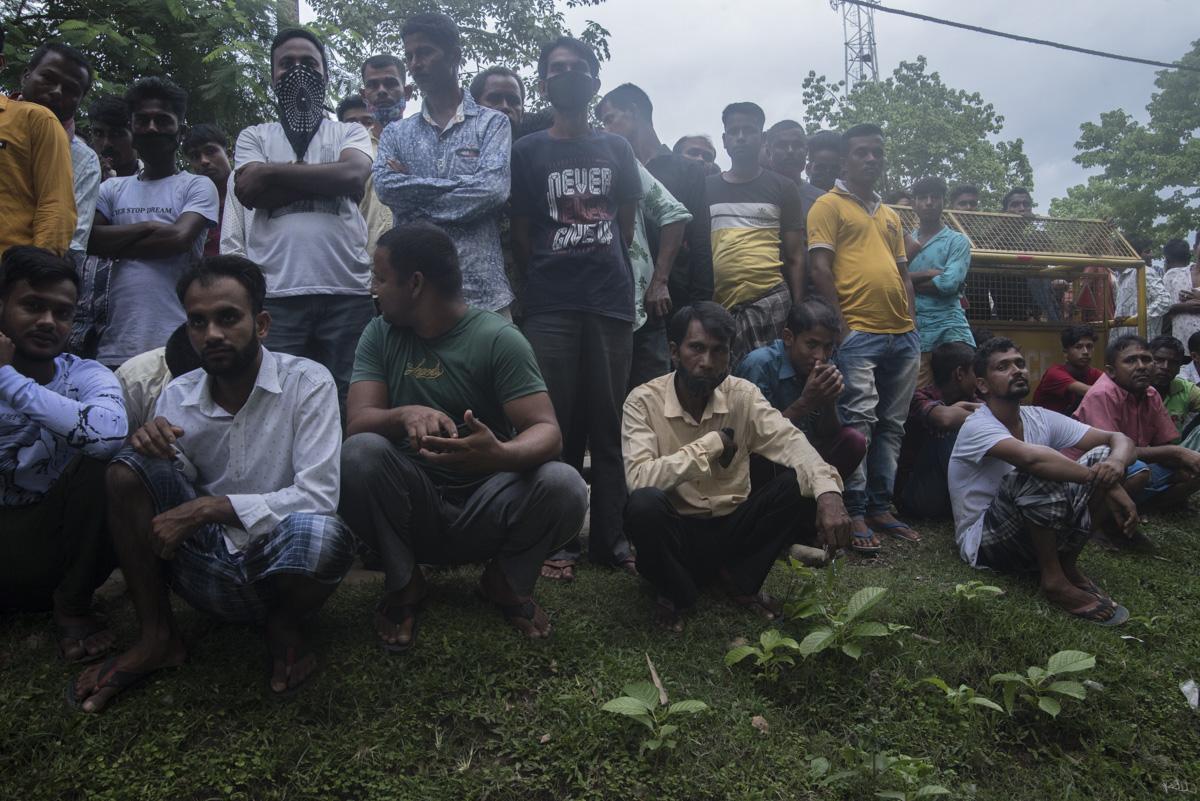
[caption: Village locals at Lailapur wait in anticipation of their most popular leader Akhil Gogoi, hearing the news of his arrival. Lailapur Check Post, Assam, India. | Photo by Abhishek Basu
The press, both local and national, flocked to ministers and politicians, available for sound bites in front of the police barricade in Lailapur. Organizational Secretary of the Assamese political party Veer Lachit Sena (VLS), Srinkhal Chaliha said in front of the media at the protest site, “We will not tolerate any threat. The Assamese people will give an appropriate reply!” The locals at the heart of the matter looked on as bystanders to the spectacle, crowding either side of the narrow highway that leads to Lailapur and stops at the Assam Police barricade 5 kilometres from the real border. Many witnesses shook their heads in disappointment over what they saw as the Assam government’s cowardice: not giving statements at the border itself, or strongly condemning the repeated acts of aggression from the Mizo side of the border where many local civilians are equipped with light machines guns (LMGs) provided to them by extremist groups. The strong show of Assamese strength to counter jibes from the other side never came.
“One call from the Mizo church,” says Ronju, the local businessman, “and the Congress backed-ruling MZP (Mizo Zirlai Pawl) party, and you will find village after Mizo village come together (in solidarity), with arms like LMGs (Light Weight Machine Guns)! There’s nothing like that here in Assam. We’re too divided.” He adds that he is proud of the number of times he’s driven his truck through Aizawl, the capital of Mizoram.
Ronju, who is a seemanto-bashi, or a border resident, highlights in these words the attitude of most locals found along the sidelines of the highway leading up to the barricades. They expect the Assamese government to put up a brave front. They rationalize the sharpness of the Mizo front, to their homogeneity, and the Church. Ironically, it seems true—because when you see the map of the border—the last pillar that you find that is Indian is the topographical symbol of a temple. The first thing you find when your eye goes a little towards the Mizo side of the border is a symbol of a Church.
The locals on the Assamese side of the border as well as the second in command of the Central Reserve Police Force (CRPF) battalion posted in Fainum, Assam, label the Mizos in Mizoram as a kind of warrior tribe who are interested only in killing at whim, or focus on their eating habits, or even point out their refusal to speak in Hindi or English or anything but Mizo. Such sentiments brew notions about Mizos as “the other”, “the ones who are not like us”, despite the obvious closeness many of them share, either in occupation, proximity or familial ties.
“They feel like Mizos first. For them, the nation is always secondary. Someone needs to sit down and reason out with them,” said S. Debnath, Barak Valley resident and a former member of the Forum for the Protection of Non-Mizos. He zeroes down on what he thinks is the reason behind them feeling like this: “There’s the case of the Inner Line Permit or the ILP mandatory for anyone wishing to enter Mizoram, which makes them [the Mizos] feel like they have sovereign say on their land. They allow the Burmese when it comes to the business of Burmese supari, but not people from the other states of India like us.” Many things work in Mizoram’s favour allowing them to make autonomous decisions like the ILP, which evidently frustrate (read: alienate) the likes of a resident of a Hindu dominated Barak Valley of Assam. But what Debnath’s prejudices have blinded him to are things like Mizoram’s literacy rate, population size, economic growth metrics that provide for a good explanation of their exclusive status—most of which comes from the tribal autonomy guaranteed over the Lushai Hills, provided for in Schedule Six of the Indian Constitution.
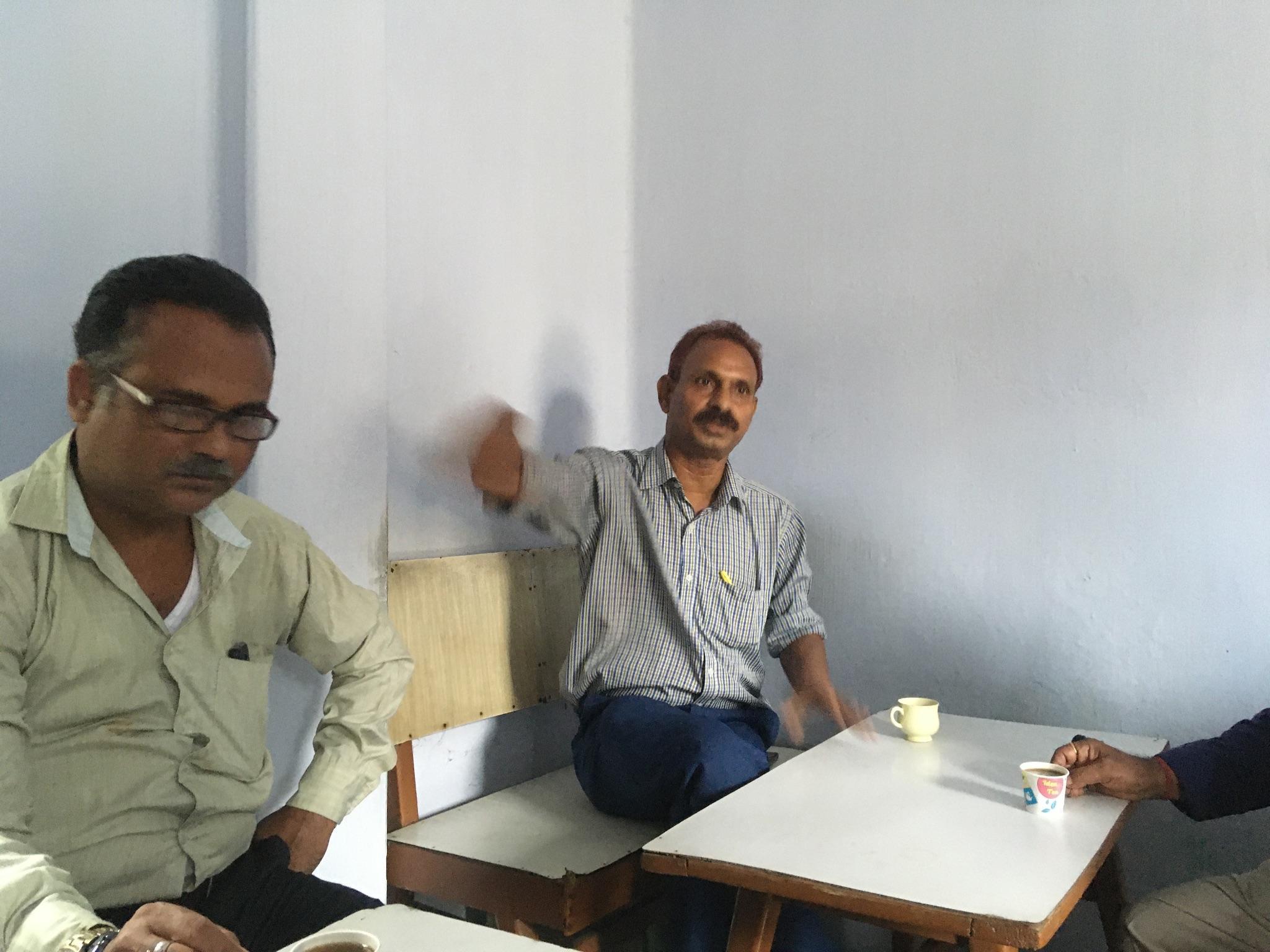
[caption: Members of the local Silchar press club and the residents of the Barak valley and also former members for the protection of non-mizo’s discuss narratives of the region with us. | Photo by Abhishek Basu
Mizoram has one of the country’s highest literacy rates. The Oriental High School is one of the first convent schools to be established by the British in Silchar, an economic hub in the contested Barak valley of Assam. The school has quarters for their largely Mizo staff and teachers, who form a large part of the closely-knit Mizo community in Assam. Staff members and teachers have been advised to withhold their comments and focus on education because the Mizo Church is reluctant to wade into the local politics of the region.
Rati Bora is the mother of two sons, both of whom relay to her news of different earnings from working on farmlands on either side of the border (with the Mizo side paying more: courtesy to their economy being one of the fastest-growing in the country), tells us how they had heard gunshots on the July 26 during firings between the police of both sides. They had to evacuate with family and old parents to her sister’s place in the nearby town of Silchar, upon the fervent requests of her sons. Now, however, it seems that the local tea shops opened by a few families dwelling right beside the police check post in Dholakhal are flourishing, she said.
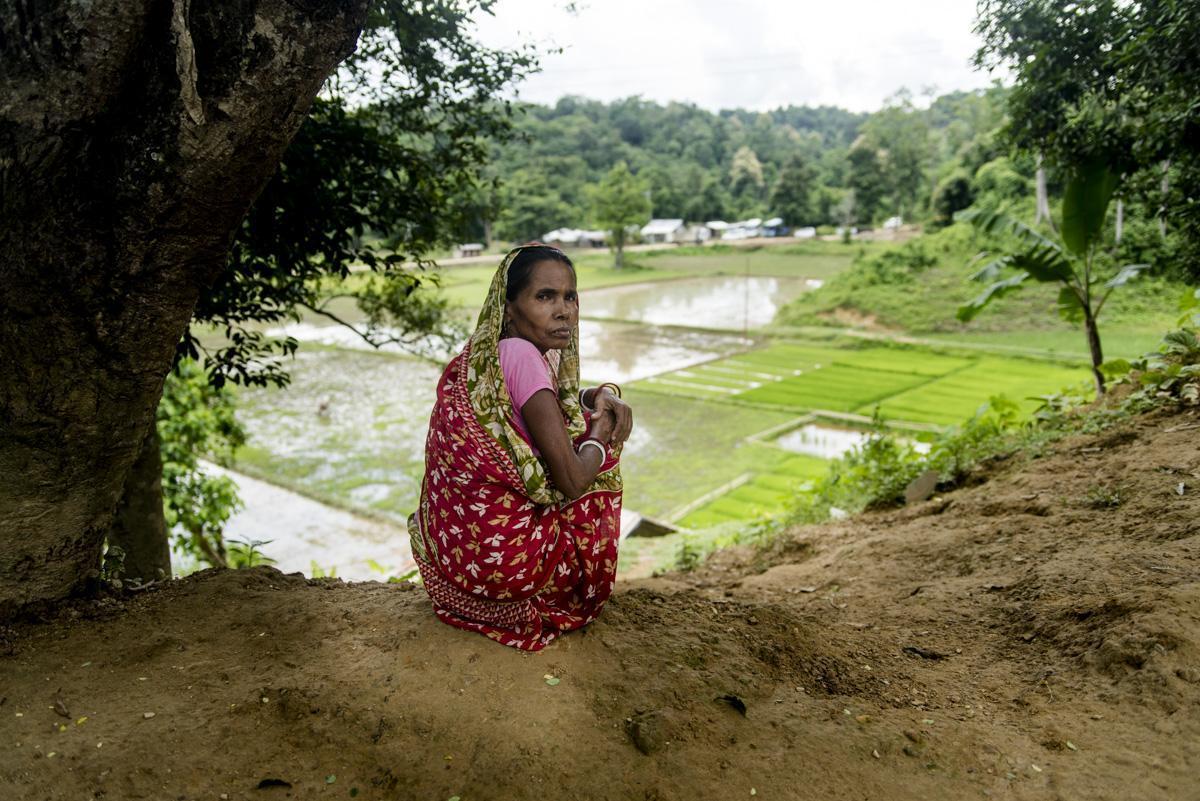
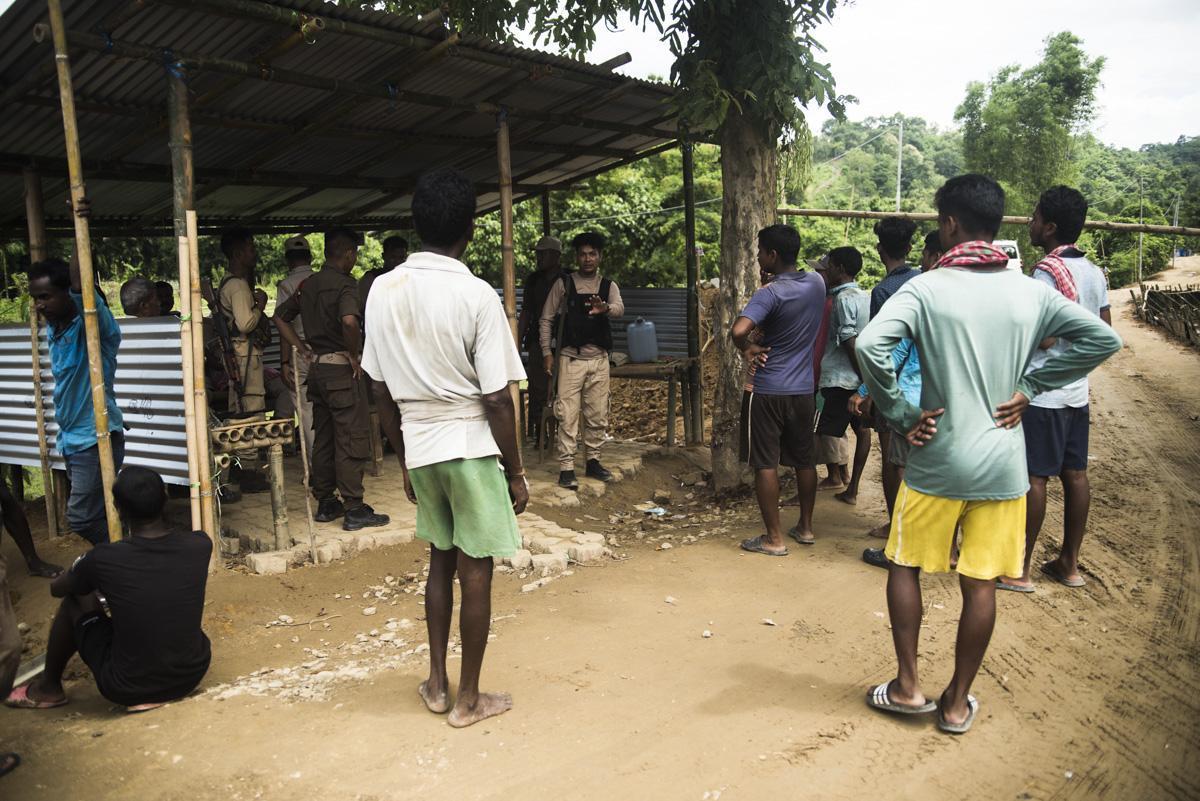
We witnessed an electric pole being set up with the pushes and tugs of four local boys from the Cachar district of Assam itself. This was followed by them having to be looked at with suspicion when they merely wanted to cross the barricade to their homes to have the afternoon’s staple bhaat (rice). Nationalism is intensely performative in this region. No one knows this better than the weary eyes of the locals like Ronju and Rati themselves, who have complex views on the changing economy of Silchar because of cross-border trade. “At least at the expense of this suspicion that seemanto bashis (border residents) like us are always viewed with, Lailapur and our Sighua villages are coming into the light now. Previously, girls wouldn’t want to get married to the boys like my two sons from here. Now at least there’s a chance. It’s not so remote anymore with so many SUVs and Boleros zipping by,” said Rati, referring to the many politicians she was witnessing milking mileage out of this opportunity.
Taking us a little away from the blame game at play in this region is the plight of the injured policemen of the Assam State Police, a few still waiting for pellets from the handmade guns of the Mizo locals to be removed from under their skin. Stuck in the delay of discharge papers and inaccessibility of prompt healthcare along with responsive doctors, they continue to give statements regarding maintaining peace and order in the region—incredibly similar to those of their politicians. Some treasure the pellets in a wrap of delicate tissue paper in their pockets as a matter of pride. Some are eager to share the videos that they managed to capture on their smartphones, or locally sourced from the villagers on the Mizo side of the border.
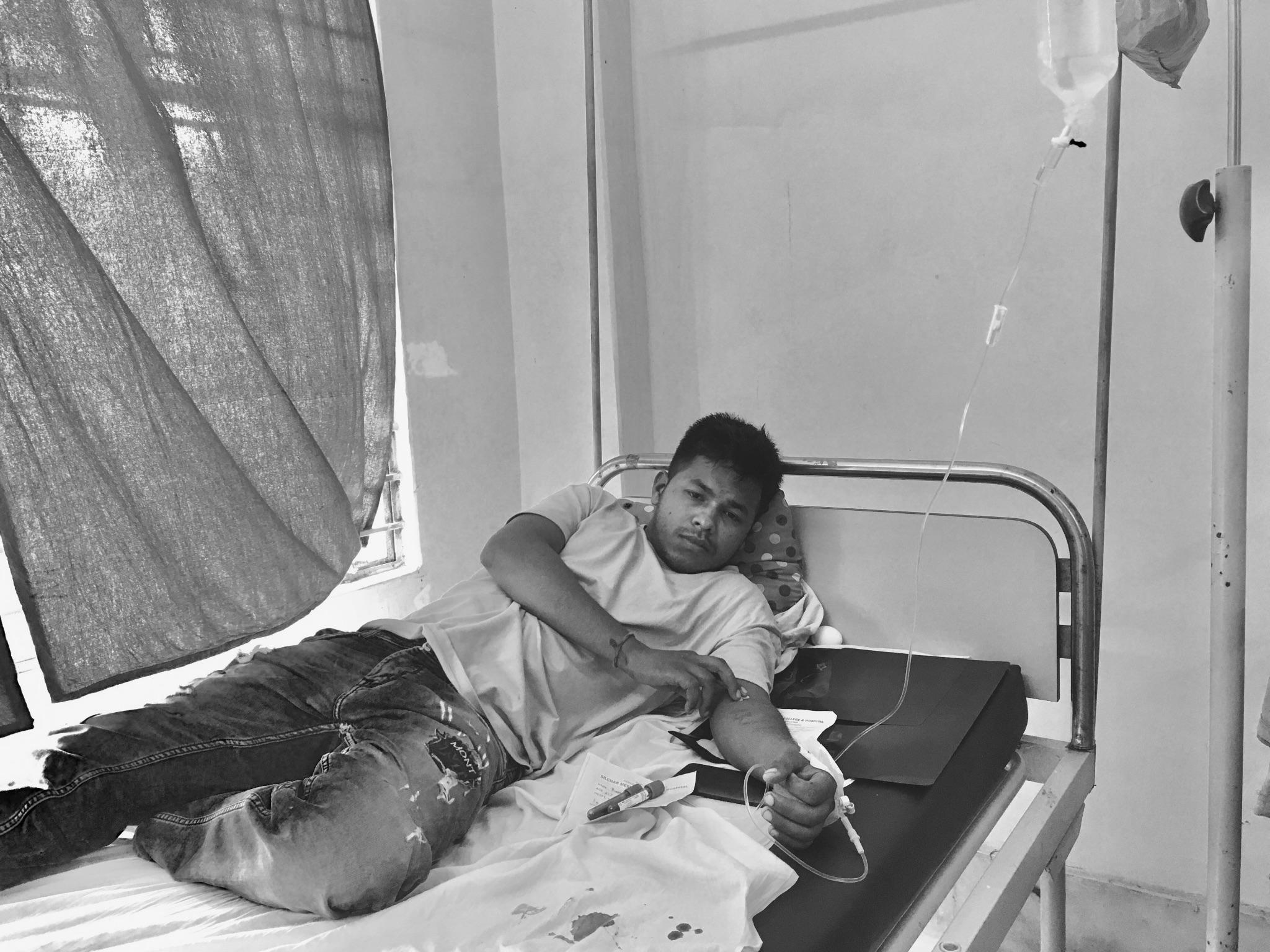

Until a time comes when the region’s employment issues are solved (apart from the age-old stones proclaiming that help mandated by the Employment Guarantee Act will soon arrive); until a time comes when roads are developed, middlemen are erased, the indigenous industry is promoted excluding the existing large tea and oil businesses; until a time comes when Assam helps itself and not its vote-banks, it will not be able to hide behind the central government’s exclusionary tactics of us and them. Like the rest of India, the northeast too may well fall into the trap of not asking the right questions to those in power, especially at a time the Indian economy is reeling from the shortages of resources in the wake of the Covid-19 crisis.
It all essentially boils down to the Assamese being able to one day reclaim, all that is ‘illegal’ that comes along with the mere mention of the Burmese supari. This involves cracking down on people like Ronju, their very own, who act like oil in these cracks. It is not enough to just roll the betel nut by placing it below your tongue—it is to recognize that cultures when living in proximity—are bound to inform each other.
We saw many a xorai or a casket-like plate in almost every Assamese household we went to and were offered the traditional betel nut and the paan, or betel nut leaf, as a symbol of “welcoming the other” they said.
The irony is stark when we find Debnath, one of our interviewees, reducing the volume of a nearby television anchor’s screaming with regard to the protests by Mizo student bodies against the draconian citizenship bill. The same bill which vouched for the kicking out of outsiders—those not like us. For the Mizos the outsiders were in fact “Bangladeshis” like Debnath, no matter how much they claim to be Hindu. For Debnath on the other hand, the Mizos seem to be more of an “other”—than many who agree to illegally live in India.
Again the reiteration comes up: Where you put up your barricades, in both the literal and metaphorical sense of the word, defines your “other” for you.
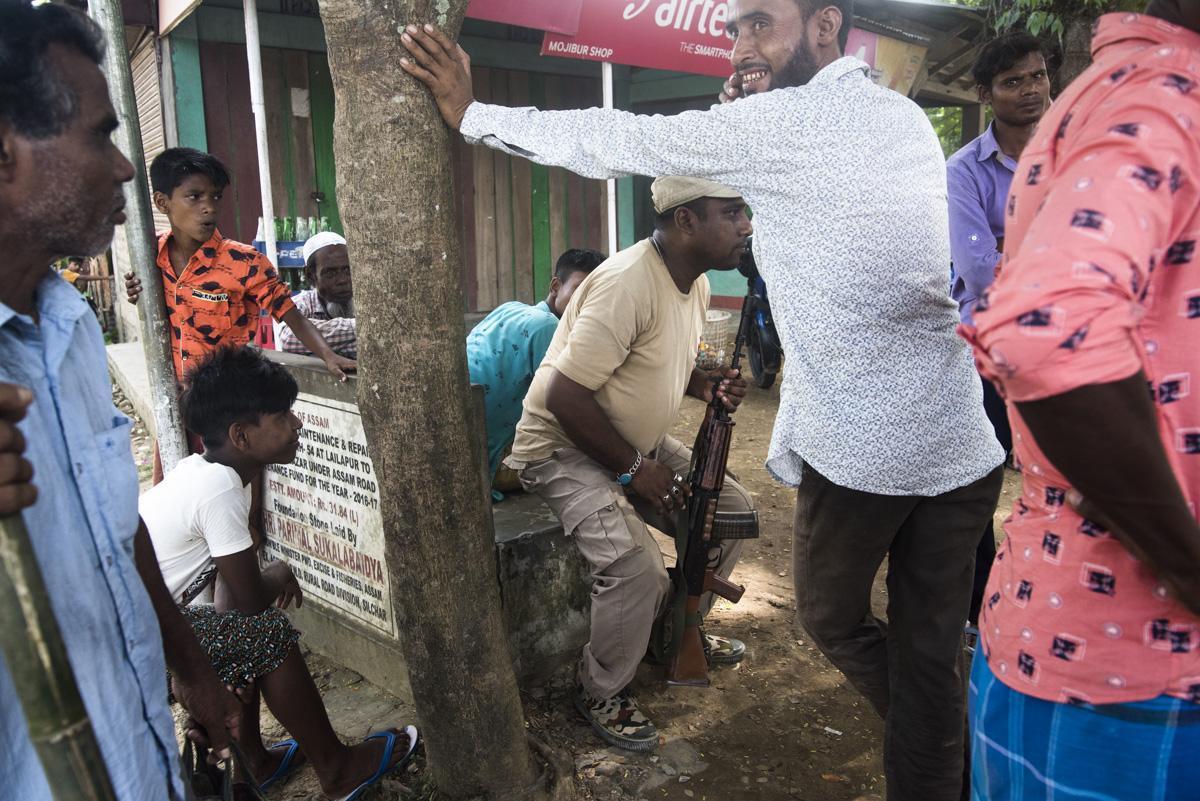
To fully understand what’s going on at Lailapur, it is of utmost importance to understand that this strand of history is deeply etched in the memory of the Mizo of this generation. It is important too, to know that there are two running narratives—the native and the official; the first is the oral ethno-cultural history of the tribe linked to the land and the forests, while the second one is based on official nation-state history based on the rulers. In this context, the MZP represents the first and the narrative from the Assam state represents the second.
Text by Joyona Medhi
Images by Abhishek Basu
Joyona Medhi is a freelance writer and Abhishek Basu is an independent documentary photographer. Their work, both together and independently, covers a range of projects from the very real to the hyper-real. They are strong vouchers of slow journalism, long-form narratives, in-depth reportage, active listening, and process-oriented understandings. They are currently based in New Delhi.

